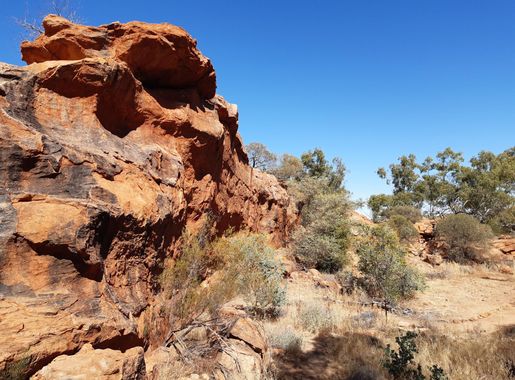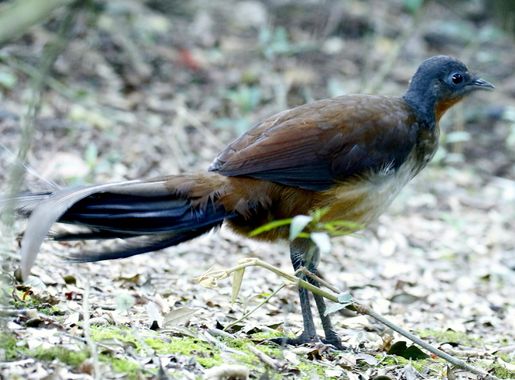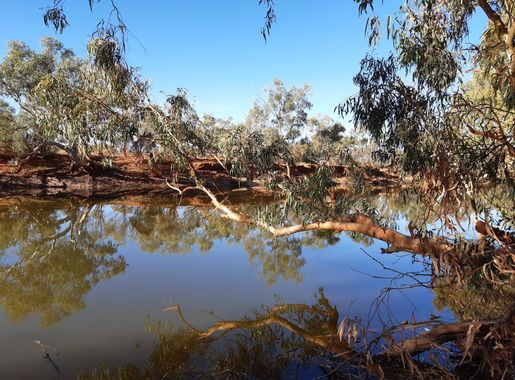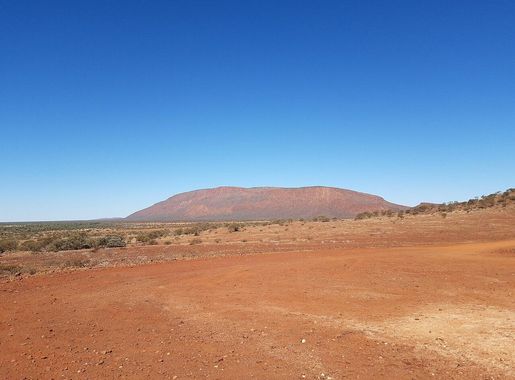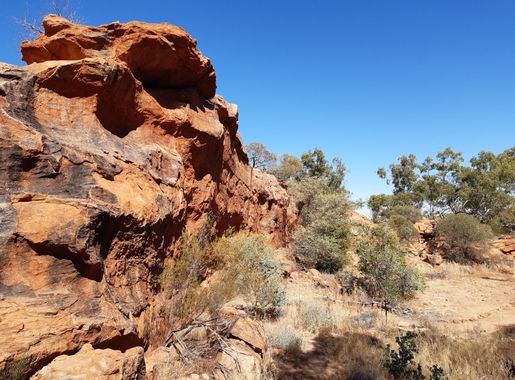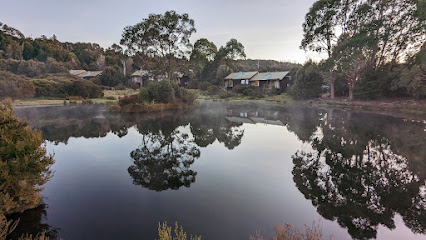
The Majestic Mount Augustus: Australia's Hidden Gem
Explore Mount Augustus National Park, home to the world's largest rock. Discover breathtaking views, hiking trails, and ancient Aboriginal art in Western Australia's outback.
Mount Augustus National Park is home to the world's largest rock, Mount Augustus, which is twice the size of Uluru. This stunning natural wonder is located in Western Australia's remote outback and offers breathtaking views and a unique experience for those who venture to its rugged landscapes. The rock itself is a massive monocline, rising an impressive 717 meters above the surrounding plain, and is a sacred site for the local Wadjari people. Visitors to Mount Augustus National Park can enjoy various activities, including hiking, bird watching, and stargazing. The park features several walking trails, ranging from easy strolls to challenging climbs for more experienced hikers. The Summit Trail, which takes you to the top of Mount Augustus, offers panoramic views of the surrounding countryside and is a must-do for adventure seekers. The park is also a haven for bird enthusiasts, with over 100 species of birds recorded in the area. For those interested in learning about the cultural significance of Mount Augustus, there are several ancient Aboriginal rock engravings and art sites within the park. These sites provide a glimpse into the rich history and spiritual connection the Wadjari people have with the land. Camping facilities are available for visitors who wish to immerse themselves in the natural beauty of the park, with several campgrounds offering basic amenities and stunning views of the landscape.
Local tips in Mount Augustus National Park
- Visit during the cooler months (April to September) to avoid extreme heat.
- Carry plenty of water and supplies as facilities within the park are limited.
- Check trail conditions and weather forecasts before setting out on hikes.
- Respect the cultural significance of the site by not touching or disturbing rock engravings.
- Bring a camera for incredible sunrise and sunset photography opportunities.
The Majestic Mount Augustus: Australia's Hidden Gem
Mount Augustus National Park is home to the world's largest rock, Mount Augustus, which is twice the size of Uluru. This stunning natural wonder is located in Western Australia's remote outback and offers breathtaking views and a unique experience for those who venture to its rugged landscapes. The rock itself is a massive monocline, rising an impressive 717 meters above the surrounding plain, and is a sacred site for the local Wadjari people. Visitors to Mount Augustus National Park can enjoy various activities, including hiking, bird watching, and stargazing. The park features several walking trails, ranging from easy strolls to challenging climbs for more experienced hikers. The Summit Trail, which takes you to the top of Mount Augustus, offers panoramic views of the surrounding countryside and is a must-do for adventure seekers. The park is also a haven for bird enthusiasts, with over 100 species of birds recorded in the area. For those interested in learning about the cultural significance of Mount Augustus, there are several ancient Aboriginal rock engravings and art sites within the park. These sites provide a glimpse into the rich history and spiritual connection the Wadjari people have with the land. Camping facilities are available for visitors who wish to immerse themselves in the natural beauty of the park, with several campgrounds offering basic amenities and stunning views of the landscape.
When is the best time to go to Mount Augustus National Park?
Unmissable attractions to see
Cape York Tip (Pajinka) - Top of Australia
Discover the breathtaking beauty and cultural richness at Cape York Tip, the northernmost point of Australia, where adventure awaits.
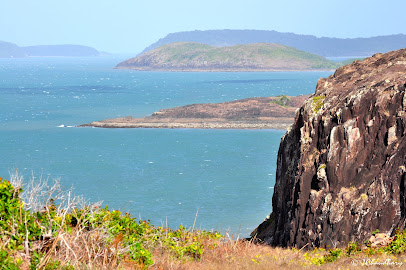
Green Hill Fort
Discover the rich military history and stunning views at Green Hill Fort, an essential cultural attraction on Thursday Island.
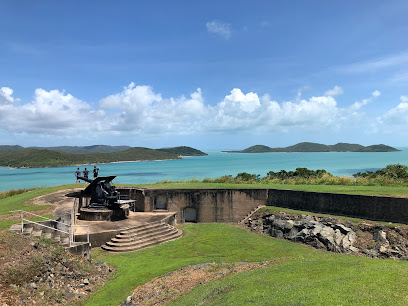
Gab Titui Cultural Centre
Discover the vibrant culture and artistic heritage of the Torres Strait Islands at Gab Titui Cultural Centre on Thursday Island.
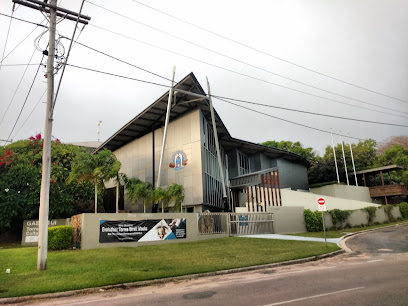
Torres Strait Heritage
Explore the Torres Strait Heritage Museum and immerse yourself in the rich cultural tapestry of Australia's Torres Strait Islands.
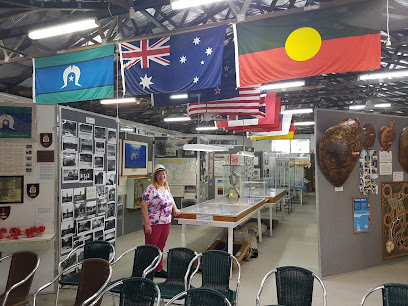
Anzac Park
Explore the serene beauty of Anzac Park on Thursday Island, where lush greenery and stunning views create a perfect escape for relaxation and leisure.
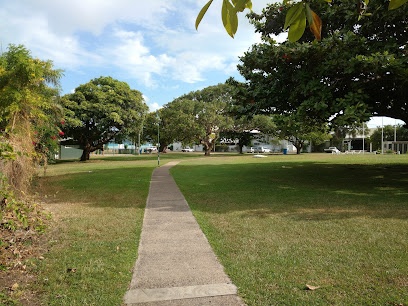
Horn Island Jetty
Experience the breathtaking views and serene atmosphere at Horn Island Jetty, a must-visit attraction in Queensland's natural paradise.
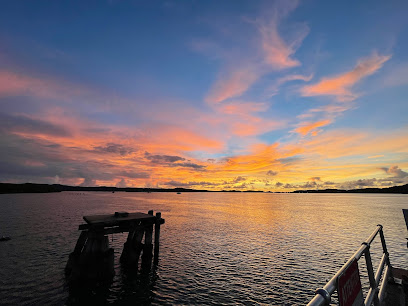
Booby Island Conservation Park
Discover the untouched beauty of Booby Island Conservation Park, a nature lover's paradise with pristine beaches and diverse wildlife in Queensland, Australia.
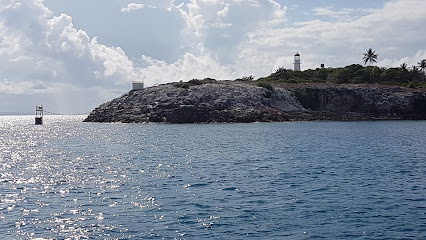
Lions Lookout
Experience breathtaking views and rich cultural history at Lions Lookout on Thursday Island, a must-visit destination in Queensland's Torres Strait.
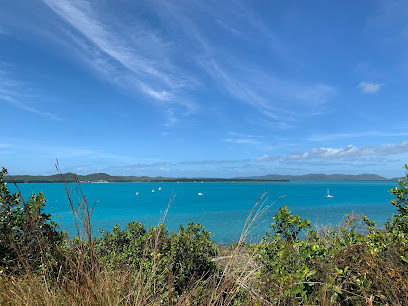
Torres Strait Museum and Historical Society Association
Discover the vibrant history and culture of the Torres Strait Islands at the Torres Strait Museum on Thursday Island, a must-visit tourist attraction.
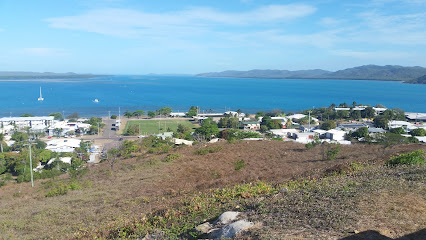
Five beaches 4X4 track
Discover the breathtaking Five Beaches 4X4 Track in Somerset, Queensland, an exhilarating adventure through stunning coastal landscapes and pristine beaches.
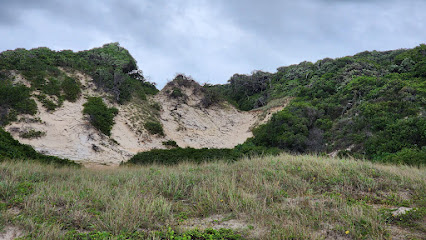
Possession Island National Park
Discover the stunning landscapes and rich biodiversity of Possession Island National Park, a premier destination for nature lovers in Queensland, Australia.
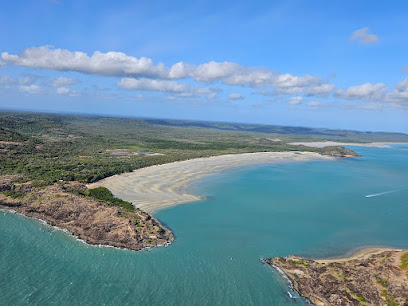
Hammond Rock
Experience the natural beauty and cultural richness of Hammond Rock in Torres Strait, Queensland—a top destination for nature lovers and adventurers.
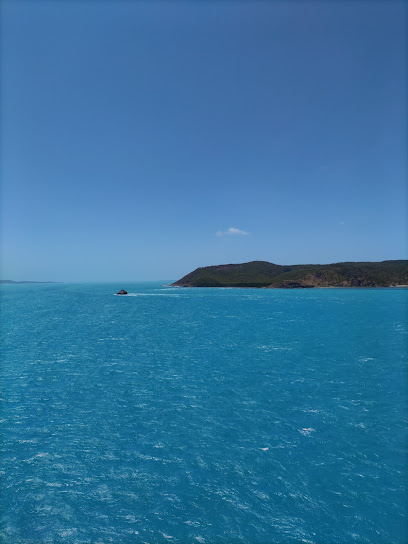
Bach Beach
Discover the beauty of Bach Beach on Thursday Island, a tropical sanctuary with pristine sands, vibrant marine life, and rich cultural heritage.

Roma Flats 4X4 track
Discover the exhilarating adventure of the Roma Flats 4X4 Track in Queensland, where nature meets adrenaline for an unforgettable experience.
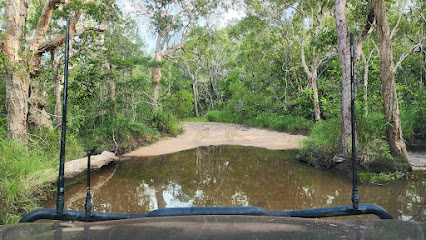
Sadie's Beach
Experience the tranquil beauty of Sadie's Beach on Thursday Island, where pristine sands meet clear waters and vibrant marine life awaits.
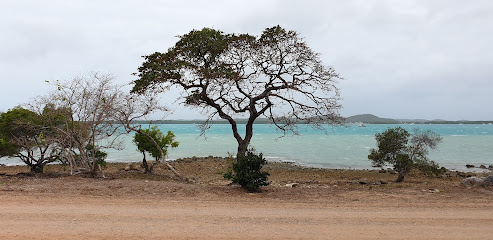
Markets, malls and hidden boutiques
Waibene IBIS Supermarket
Discover local groceries and unique indigenous products at Waibene IBIS Supermarket on Thursday Island, a vibrant shopping destination.

Island and Cape Supermarket
Discover the charm of Island and Cape Supermarket in Horn, Queensland - your essential shopping destination for local produce and travel supplies.
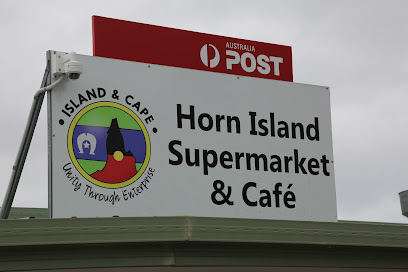
Waibene Mitre 10
Explore Waibene Mitre 10: Your one-stop hardware store in Thursday Island, offering essential tools and supplies with a local touch.
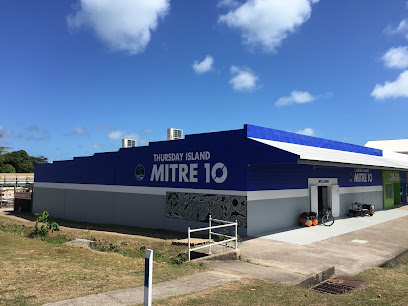
Tamwoy IBIS Supermarket
Discover local flavors and essentials at Tamwoy IBIS Supermarket on Thursday Island, a vibrant hub for grocery shopping with friendly service.
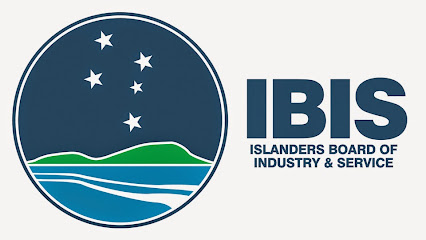
Mona's Bazaar
Explore Mona's Bazaar on Thursday Island for unique gifts and authentic local crafts that embody the spirit of the Torres Strait Islands.
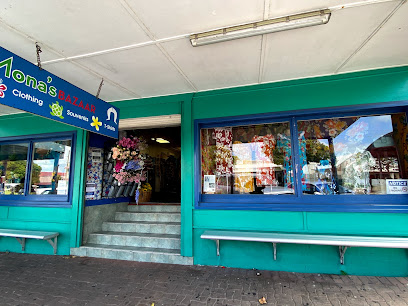
The Bottle-O
Discover a world of flavors at The Bottle-O, your go-to bottle shop and liquor store on Thursday Island, offering local and international beverages.
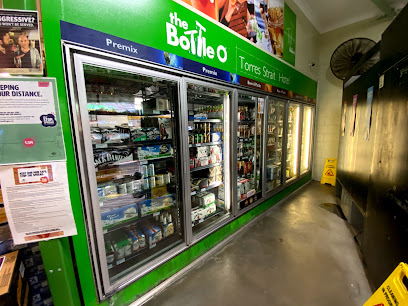
Rosehill IBIS Supermarket
Experience local culture at Rosehill IBIS Supermarket, your go-to spot for groceries and everyday essentials on Thursday Island.
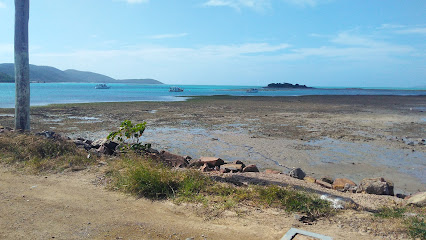
J&J Supermarket
Explore J&J Supermarket in Badu Island for an authentic taste of local produce and unique snacks that embody the spirit of Queensland.
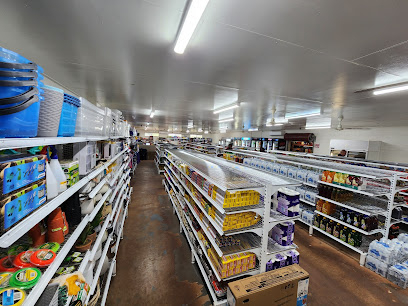
Saibai IBIS Store
Experience the essence of Saibai Island at the Saibai IBIS Store, where local flavors and friendly service await you.

Dauan IBIS Store
Discover local essentials and unique souvenirs at Dauan IBIS Store on stunning Dauan Island, Queensland.

Thursday Island Betta - Bedding, Fridges, Air Cons and Electrical Appliances
Discover quality appliances and furniture at Thursday Island Betta, your essential stop for home living in the Torres Strait.
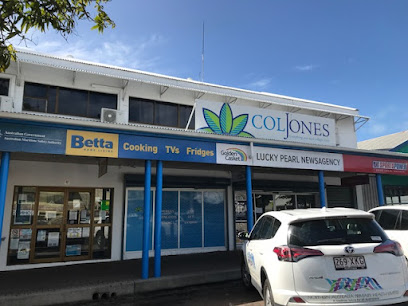
Boigu IBIS Store
Explore the Boigu IBIS Store, your go-to grocery destination on Boigu Island, offering local produce and genuine island charm.
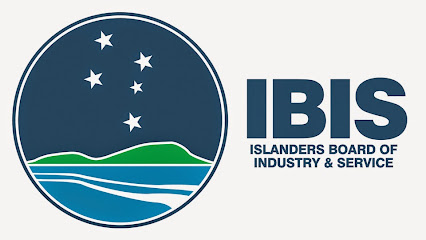
Col Jones
Explore a unique shopping experience at Col Jones on Thursday Island, where local culture meets everyday necessities in a charming department store.

Mabuyag IBIS Store
Discover the heart of Mabuiag Island at the Mabuyag IBIS Store, your one-stop shop for essentials and local treasures.
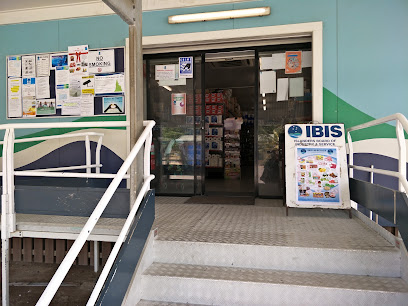
Cellarbrations
Explore Cellarbrations on Thursday Island for an exceptional selection of local and international beverages, perfect for every occasion.
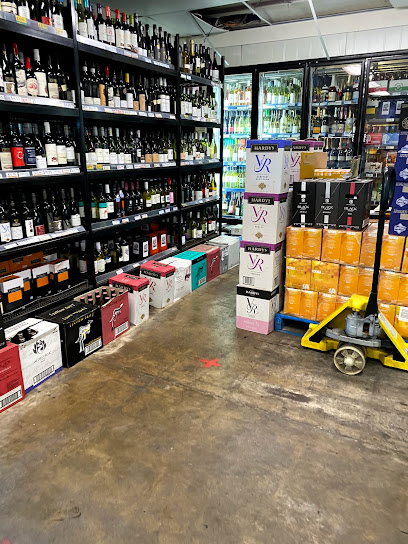
Essential bars & hidden hideouts
Local Phrases about Mount Augustus National Park
-
- HelloG'day
[G'day] - GoodbyeSee ya
[See ya] - YesYeah
[Yeah] - NoNah
[Nah] - Please/You're welcomeTa
[Ta] - Thank youCheers
[Cheers] - Excuse me/SorrySorry mate
[Sorry mate] - How are you?How ya goin'?
[How ya goin'?] - Fine. And you?Good. You?
[Good. You?] - Do you speak English?You speak English?
[You speak English?] - I don't understandI'm lost
[I'm lost]
- HelloG'day
-
- I'd like to see the menu, pleaseMenu, please
[Menu, please] - I don't eat meatNo meat, thanks
[No meat, thanks] - Cheers!Cheers!
[Cheers!] - I would like to pay, pleaseBill, please
[Bill, please]
- I'd like to see the menu, pleaseMenu, please
-
- Help!Help!
[Help!] - Go away!Bugger off!
[Bugger off!] - Call the Police!Police!
[Police!] - Call a doctor!Doctor!
[Doctor!] - I'm lostLost
[Lost] - I'm illSick
[Sick]
- Help!Help!
-
- I'd like to buy...I'll take...
[I'll take...] - I'm just lookingJust looking
[Just looking] - How much is it?How much?
[How much?] - That's too expensiveToo pricey
[Too pricey] - Can you lower the price?Cheaper?
[Cheaper?]
- I'd like to buy...I'll take...
-
- What time is it?What's the time?
[What's the time?] - It's one o'clockIt's one
[It's one] - Half past (10)Half ten
[Half ten] - MorningMornin'
[Mornin'] - AfternoonArvo
[Arvo] - EveningEvenin'
[Evenin'] - YesterdayYest'day
[Yest'day] - TodayToday
[Today] - TomorrowTomorrer
[Tomorrer] - 1One
[One] - 2Two
[Two] - 3Three
[Three] - 4Four
[Four] - 5Five
[Five] - 6Six
[Six] - 7Seven
[Seven] - 8Eight
[Eight] - 9Nine
[Nine] - 10Ten
[Ten]
- What time is it?What's the time?
-
- Where's a/the...?Where's the...?
[Where's the...?] - What's the address?Address?
[Address?] - Can you show me (on the map)?Map?
[Map?] - When's the next (bus)?Next (bus)?
[Next (bus)?] - A ticket (to ....)Ticket
[Ticket]
- Where's a/the...?Where's the...?
History of Mount Augustus National Park
-
Mount Augustus, known as Burringurrah to the local Wajarri people, holds deep cultural and spiritual significance. The Wajarri people have been custodians of this land for thousands of years, and the area is rich with rock engravings and ancient artifacts that tell the story of their enduring connection to the land. Burringurrah is a central figure in their Dreamtime stories, with many sacred sites scattered throughout the park.
-
The first recorded European sighting of Mount Augustus was by explorer Francis Gregory in 1858 during an expedition to the Gascoyne region. Gregory named the mountain after Sir Augustus Charles Gregory, his brother and a fellow explorer. This marked the beginning of European interest in the area, leading to subsequent exploration and mapping of the region.
-
In the late 19th and early 20th centuries, the Mount Augustus region experienced a brief gold rush. Prospectors flocked to the area in search of fortune, leading to the establishment of small, short-lived mining communities. While the gold rush did not yield significant long-term settlements, it left behind a patchwork of abandoned mines and relics that can still be seen today.
-
Following the gold rush, the region around Mount Augustus transitioned to pastoral activities, particularly sheep and cattle farming. Large pastoral leases were established, and the land was used primarily for grazing. The pastoral era shaped much of the modern landscape, with stations like Mount Augustus Station becoming central to the local economy and society.
-
Mount Augustus National Park was officially established in 1989 to protect the unique natural and cultural heritage of the area. The park covers an area of over 9,000 hectares and is managed by the Department of Biodiversity, Conservation and Attractions. The establishment of the park has allowed for the preservation of its diverse ecosystems, Aboriginal heritage sites, and the iconic Mount Augustus monolith, the world's largest rock.
Mount Augustus National Park Essentials
-
Mount Augustus National Park is located in the Gascoyne region of Western Australia. The nearest major town is Meekatharra, approximately 320 kilometers away. The park is accessible by car; however, it is essential to note that the roads leading to the park are mainly unsealed. It is recommended to use a 4WD vehicle for a safer journey. The closest airport is in Meekatharra, where you can rent a car or arrange for a guided tour.
-
Within Mount Augustus National Park, transportation options are limited. The best way to explore the park is by car, preferably a 4WD due to the rough terrain. Ensure your vehicle is well-maintained and equipped with spare tires, extra fuel, and essential supplies. There are no public transport services within the park, so self-driving or guided tours are the primary means of getting around.
-
The official currency in Australia is the Australian Dollar (AUD). In Mount Augustus National Park, cash is the preferred method of payment as there are limited facilities accepting credit or debit cards. It is advisable to carry sufficient cash for your entire stay, including for accommodations, park entry fees, and any purchases. The nearest ATMs are in Meekatharra, so plan accordingly.
-
Mount Augustus National Park is generally safe for tourists, but it is essential to take standard precautions. The area is remote, so always inform someone of your travel plans and expected return time. Be mindful of the extreme weather conditions, including high temperatures, and ensure you carry adequate water, food, and sun protection. There are no neighborhoods with high crime rates targeting tourists, but always stay vigilant and secure your belongings.
-
In case of an emergency, dial 000 for immediate assistance. The nearest medical facilities and police station are in Meekatharra. It is highly recommended to have travel insurance that covers medical emergencies and evacuation. For minor injuries or health issues, carry a well-stocked first aid kit. Mobile phone reception can be limited, so consider carrying a satellite phone or emergency beacon.
-
Fashion: Do wear lightweight, breathable clothing and sturdy hiking boots. Don’t forget a hat and sunglasses for sun protection. Religion: Do respect any cultural or spiritual sites you may encounter, even though the park is not particularly known for religious sites. Public Transport: Don’t expect public transport options within the park; self-driving is necessary. Greetings: Do greet fellow travelers and park staff politely. A simple 'hello' or 'g'day' is customary. Eating & Drinking: Do pack plenty of water and non-perishable food items. Don’t leave any litter behind; always carry your trash out.
-
To experience Mount Augustus National Park like a local, take the time to explore the various walking trails, such as the Summit Trail and the Loop Trail, which offer stunning views of the landscape. Visit Burringurrah, the Aboriginal name for Mount Augustus, and learn about its cultural significance from the local Wajarri people. The best time to visit is during the cooler months from April to September to avoid the extreme heat. Always start your hikes early in the morning to make the most of your day and avoid the midday sun.
Nearby Cities to Mount Augustus National Park
-
Things To Do in Mount Hagen
-
Things To Do in Port Moresby
-
Things To Do in Goroka
-
Things To Do in Lae
-
Things To Do in Madang
-
Things To Do in Wewak
-
Things To Do in Port Douglas
-
Things To Do in Vanimo
-
Things To Do in Cairns
-
Things To Do in Alotau
-
Things To Do in Kimbe
-
Things To Do in Kavieng
-
Things To Do in Rabaul
-
Things To Do in Kokopo
-
Things To Do in Darwin

